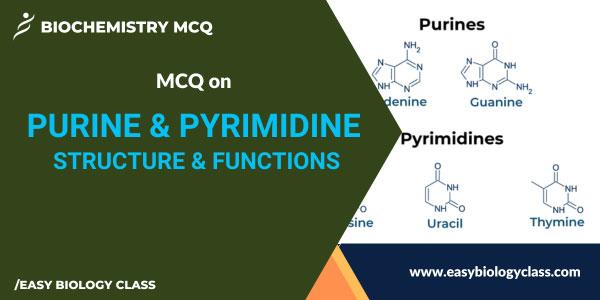
MCQ on RNA Structure and Functions
RNA, or Ribonucleic Acid, is a molecule essential for various biological processes. It consists of a single strand of nucleotides, including adenine (A), uracil (U), […]

RNA, or Ribonucleic Acid, is a molecule essential for various biological processes. It consists of a single strand of nucleotides, including adenine (A), uracil (U), […]

A nucleosome is the basic unit of DNA packaging in eukaryotes. It consists of a segment of DNA wrapped around a core of histone proteins. […]

Retroviruses are a type of RNA virus that can reverse transcribe their RNA genome into DNA using the enzyme reverse transcriptase. This DNA is integrated […]

HIV (Human Immunodeficiency Virus) is a retrovirus that attacks the immune system, specifically CD4 cells (T cells), weakening the body’s ability to fight infections and […]

COVID-19 is an infectious disease caused by the novel coronavirus SARS-CoV-2. It primarily spreads through respiratory droplets, leading to symptoms ranging from mild respiratory issues […]

Pyrimidines are nitrogenous organic compounds with a single-ring structure. They are fundamental building blocks in DNA and RNA, with cytosine, thymine (found in DNA), and […]

Purines are nitrogenous organic compounds that consist of a double-ring structure. They are essential components of DNA and RNA and play crucial roles in cellular […]

Purine and pyrimidine are two types of nitrogenous organic compounds. Purines, like adenine and guanine, have a double-ring structure and are found in DNA, RNA, […]

Purine and Pyrimidine metabolism are essential biochemical pathways responsible for the synthesis and degradation of purine and pyrimidine nucleotides. Purines (like adenine and guanine) and […]